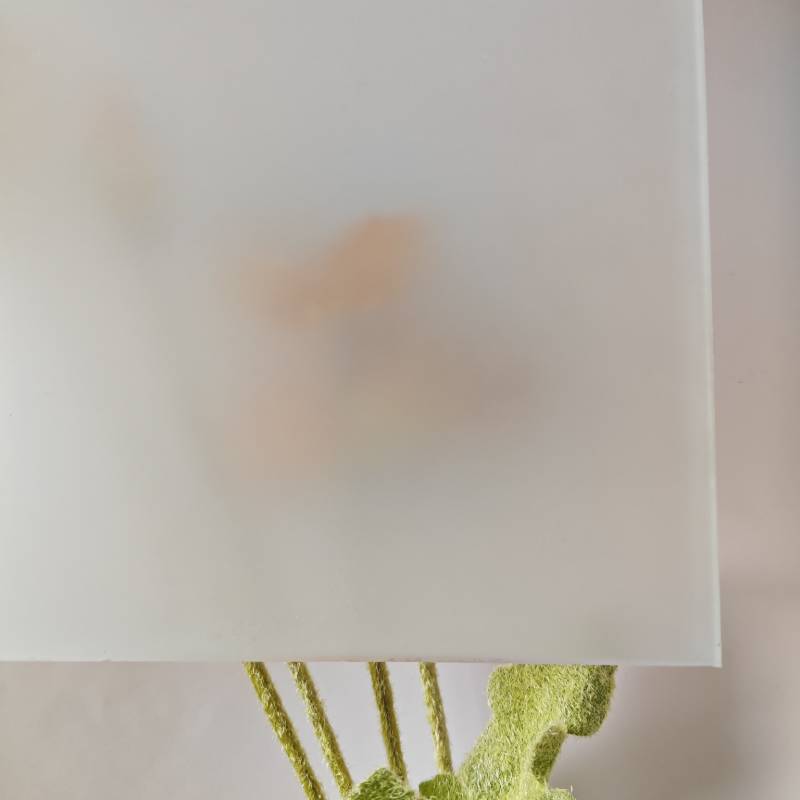

The Significance of Flat Float Glass in Modern Applications
Flat float glass, a type of glass widely used across various industries, has become an essential material due to its clarity, durability, and versatility. The manufacturing process of flat float glass involves floating molten glass on top of molten tin, creating a smooth, flat surface. This innovative method not only provides a high degree of optical clarity but also allows for consistent thickness, making it suitable for a variety of applications.
One of the primary uses of flat float glass is in the construction industry. Architects and builders favor this type of glass for windows, facades, and partitions due to its excellent light transmittance and aesthetic appeal. The transparency of float glass allows for natural light to illuminate interiors, which can significantly reduce energy costs by minimizing reliance on artificial lighting. Furthermore, the insulation properties of advanced float glass help maintain comfortable indoor temperatures, contributing to energy efficiency in buildings.
In addition to its aesthetic and functional benefits in construction, flat float glass plays a crucial role in the automotive industry. Car manufacturers utilize this glass for windshields and windows, ensuring safety while providing a clear view for passengers and drivers alike. The durability of float glass can withstand various weather conditions, enhancing vehicle longevity and passenger safety. Moreover, innovations in laminated and tempered float glass enhance its protective qualities, making it resistant to impacts and shattering.
The versatility of flat float glass also extends to the furniture industry. Glass tabletops, cabinets, and shelves crafted from float glass offer a modern and contemporary look, seamlessly blending with various interior design styles. Beyond aesthetics, flat glass surfaces are easy to clean and maintain, making them practical choices for homeowners and businesses alike.

The technological advancements in flat float glass have given rise to energy-efficient options, such as low-emissivity (Low-E) glass. This specialized flat glass reflects heat and ultraviolet rays while allowing visible light to pass through. When used in windows, Low-E glass can significantly decrease heating and cooling costs in residential and commercial buildings, contributing to a more sustainable future.
Art and design are also fields where flat float glass has made a significant impact. Artists and designers harness the transparency and reflectivity of this glass to create stunning visual effects in installations and artworks. From decorative glass panels to intricate sculptures, flat float glass serves as a canvas for creativity, allowing for an interplay of light and shadow that captivates audiences.
As the demand for environmentally friendly materials continues to grow, the flat float glass industry is evolving. Manufacturers are increasingly adopting sustainable practices, including recycling waste glass and utilizing energy-efficient production processes. This commitment to sustainability aligns with global efforts to reduce carbon footprints and promote a circular economy.
In conclusion, flat float glass is a versatile and indispensable material in various industries. Its exceptional properties, coupled with ongoing innovations, position it as a key player in construction, automotive, furniture, and art sectors. As we move toward a more sustainable future, the role of flat float glass will continue to expand, shaping the way we build, design, and interact with our environments.